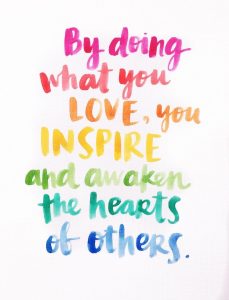Week #1- Students and Learning Environment
This morning I got to experience my first day out in the field. I’m in a classroom that is dedicated to math where my cooperating teacher teaches grades 1-6 throughout the day.
The day started with us going to the younger students’ doors to welcome them into the school with a “hug line”. Every day the teachers welcome the students with a hug which helps set the tone for the day. At first, I was a little shocked because my school never did that but I soon understood why they do it, it is so welcoming! My cooperative teacher has a half hour prep every Monday morning when we arrive so she had arranged for us to be placed into the Kindergarten classroom. I personally love young children and I was super comfortable in the Kindergarten classroom. Like most Kindergarten classrooms it was colourful, filled with toys and educational implementations, rugs, whiteboards, tables instead of desks and lockers for jackets.
The classroom I will be in for most of my placement is right beside the main doors of the school. It is filled with tables for the students, teacher, and teacher aid to work at. They have a section of their room filled with shelves and bins of math games, blocks, cubes, Lego, and other toys to use for creating math games, problems, and working on math skills. They have a cubby area for their tool boxes which they use during class time to help them with their math problems and is filled with pencils, erasers, and many math tools to help them such as number lines, charts, and tables. At the back of the classroom there is a board filled with the student’s names and what tasks they have to complete during that class. The teacher uses an iPad in class to help students with math problems at home. She uses the app Seesaw to create videos, recordings, pictures, and activities to help the students with work at home and to help parents understand the concepts when assisting their children. This setting is so different from my elementary school. In grades 1 and up we used individual desks, whereas in this elementary school, they don’t have individual desks at all, unless requested by the teacher for an individual student who may need that space to themselves. The school has an assigned elementary math teacher who teaches math to grades 1-6 which I think is very different and rare. Most elementary schools, including mine, didn’t have different teachers for different subjects, we just had one teacher who taught everything but gym and music. When I was younger we didn’t have things like iPads or apps so seeing those tools in school is very different than my elementary education. I do think the classroom is a very well-organized learning environment that I would definitely use aspects from in the future.
Today I got to help teach the grades 2/3 and 1/2 classes. I walked around the class and asked questions, provided assistance, and checked work for completion. During the grade 1/2 class a few grade sixes came in to present a math game where we danced and sang to a song about counting then worked on booklets individually. All the students were very kind and really enjoyed the extra help in the classroom. It was nice to be able to help them understand the concepts of their work and help them complete problems they were stuck on. I was really nervous to go to my placement because I was scared that I wouldn’t like it or that this wouldn’t be for me but I definitely think that it is now! I had a great time meeting the students and helping them out with their questions. The school and children are amazing and definitely helped me overcome my nervousness.

